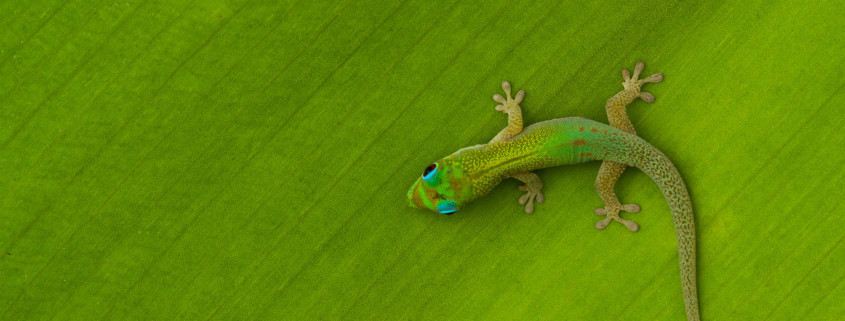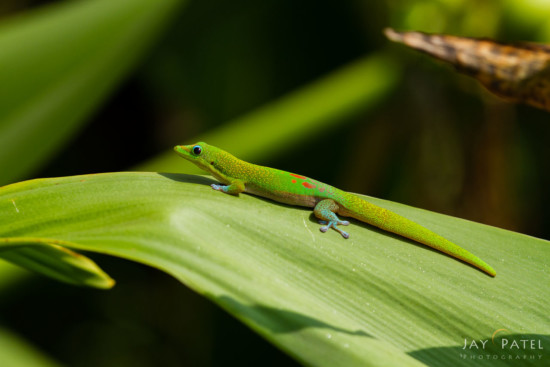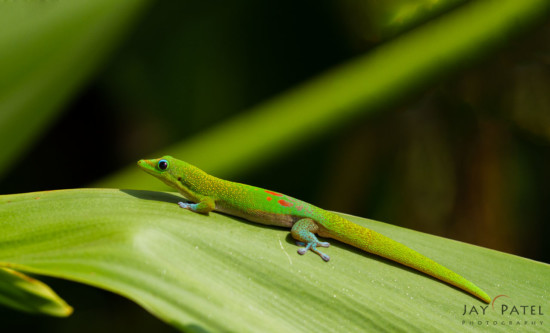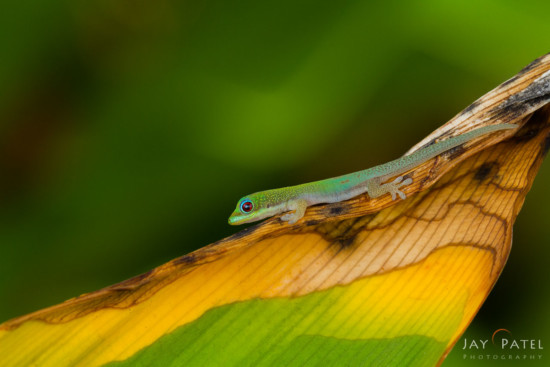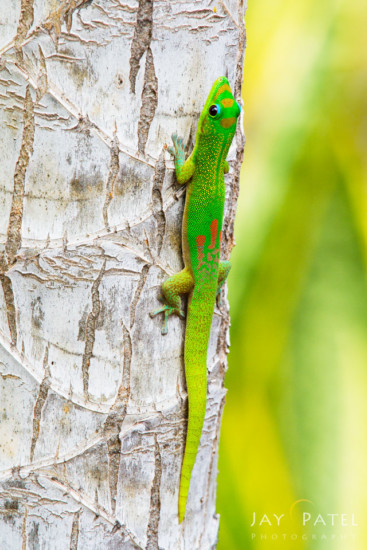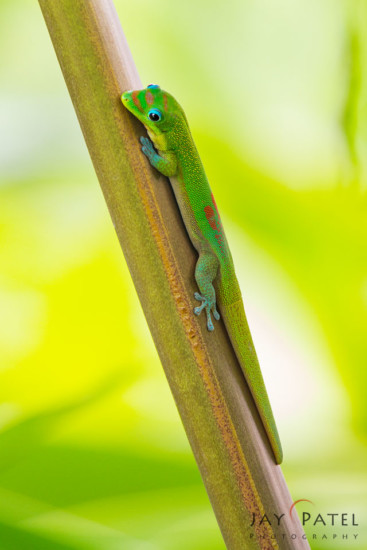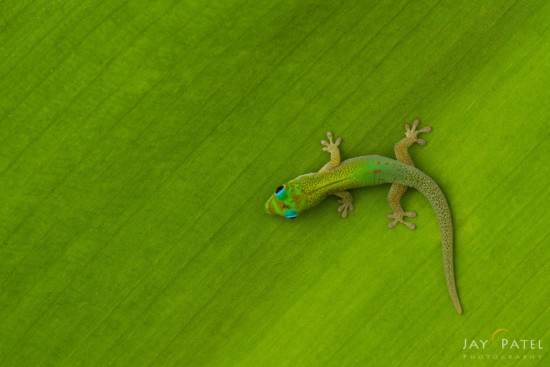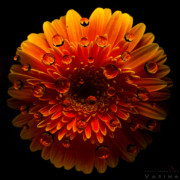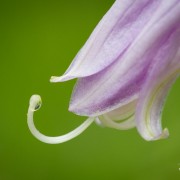How to use Negative Space in Macro Photography
First, let’s clarify the definition of negative space. Negative space is the area around the subject in a landscape or macro photography. And to me, it is just as important as the subject itself. Maybe even more important. Negative space can either add to your photo or work as a distraction. It is critical that macro photographers take some time to think about how to use negative space to building an appealing photo. It defines the mood… provides a sense of place… enhances or competes with the subject. When I shoot, negative space is always on my mind.
In the macro photograph below, the gecko is the subject and the area around the gecko is the negative space.
As macro photographers, we are trained to pay the utmost attention to our subject. But we sometimes forget to consider the negative space when we’re shooting. To further complicate things, sometimes our subject is a moving target… like this gecko. Because the subject is moving, the negative space changes every so often.
This makes it especially difficult to pay attention to the negative space AND correctly frame the subject. Here are a couple of unwanted elements that can be easily introduced in the negative space of a macro subject.
Remove background distractions
These types of distractions for a living macro photography subject are fairly common. Living subject go in and out of your frame based on where the subject is going and the direction you are trying to photograph. More often than not, a living subject will disappear if you get too close. So, unlike a lifeless macro photography subject which can be easily moved to optimize negative space, optimizing negative space for living subject is a challenge for macro photographers.
The first macro photo below was my initial attempt to photograph this beautiful gecko. This photo is plagued with a cluttered background of leaves and stems. With a photo like this, you may be able to crop and dodge or crop and clone to get rid of the distractions in the negative space (such as in the second photo); but even with these techniques, distracting elements sometimes remain.
Eliminate competing textures in your macro photography composition
A second type of unwanted elements that can creep into your macro photography are unwanted textures around or near your subject. Small living subjects like to hang around environments that offer some camouflage to protect them from predators. For this reason, their colors and textures may blend into the colors and textures of the negative space.
This little gecko in Hawaii (in the following photo) moved close to the tip of the leaf and flattened himself out as he saw me approach. He was very hard to find and when I did find him, I found that the texture and the colors of the leaf were so intense that they competed with the colors and textures of the gecko. Because of this, the subject lost its appeal.
Although the tree in the previous photo has a uniform background, the gecko wasn’t positioned correctly. When I tried to move the camera to make the tree more of a straight background, the gecko moved. They’re very skittish that way.
Sometimes the photography composition may contain textures and colors that complement your subject or, at best, are not distracting. Here are a few macro photography examples where the textures and colors in the negative space are do NOT directly compete with the subject.
In the photo of the crab above, the water bubbles that make up the negative space does not take away from the subject because the subject has different size and colors. Similarly, the textures and colors in the tree do not distract the Hawaiian gecko from standing out against its background.
To create an effective macro image, you must find a negative space that does not distract the viewers from your subject. The following sections offer some tips on how to pay attention and minimize distractions caused by negative space.
Use a narrow depth of field
This is one of the most effective techniques that macro photographers can use to create a clean negative space. Because you are close to your subject, your depth of field is quite narrow. Using a wide aperture and getting close to your subject allows you to create a buttery smooth background against which your subject can stand out. This is shown in the following examples.
Find a uniform background for your macro subject
This is not always easy for macro photographers to achieve because living subjects are in constant motion. This technique relies on luck and composition rather then pure camera settings. Here are few examples where I was able to capture the textures and details with the uniform negative space around the subject.
In the macro photo of Hawaiian gecko above, the background isn’t blurred at all. You can clearly see its details. But, even with the same color and texture, the gecko stands out in this photography composition. The size of the gecko is different than the size of the leaf’s texture which allows the gecko to not get lost in its negative space (background). Similarly the back-lit snail stood out from its background due to its size and colors as well.
All of these techniques help the macro photographers to minimize the distractions caused by negative space. What other techniques do you use to control your negative space? Please feel free to leave comments below.

